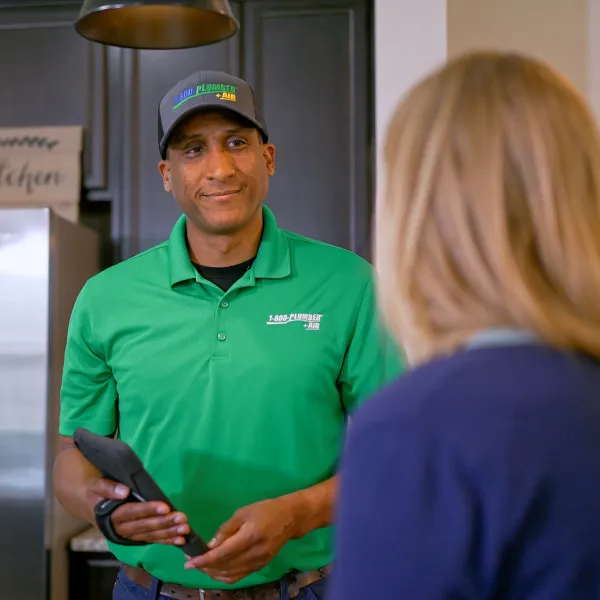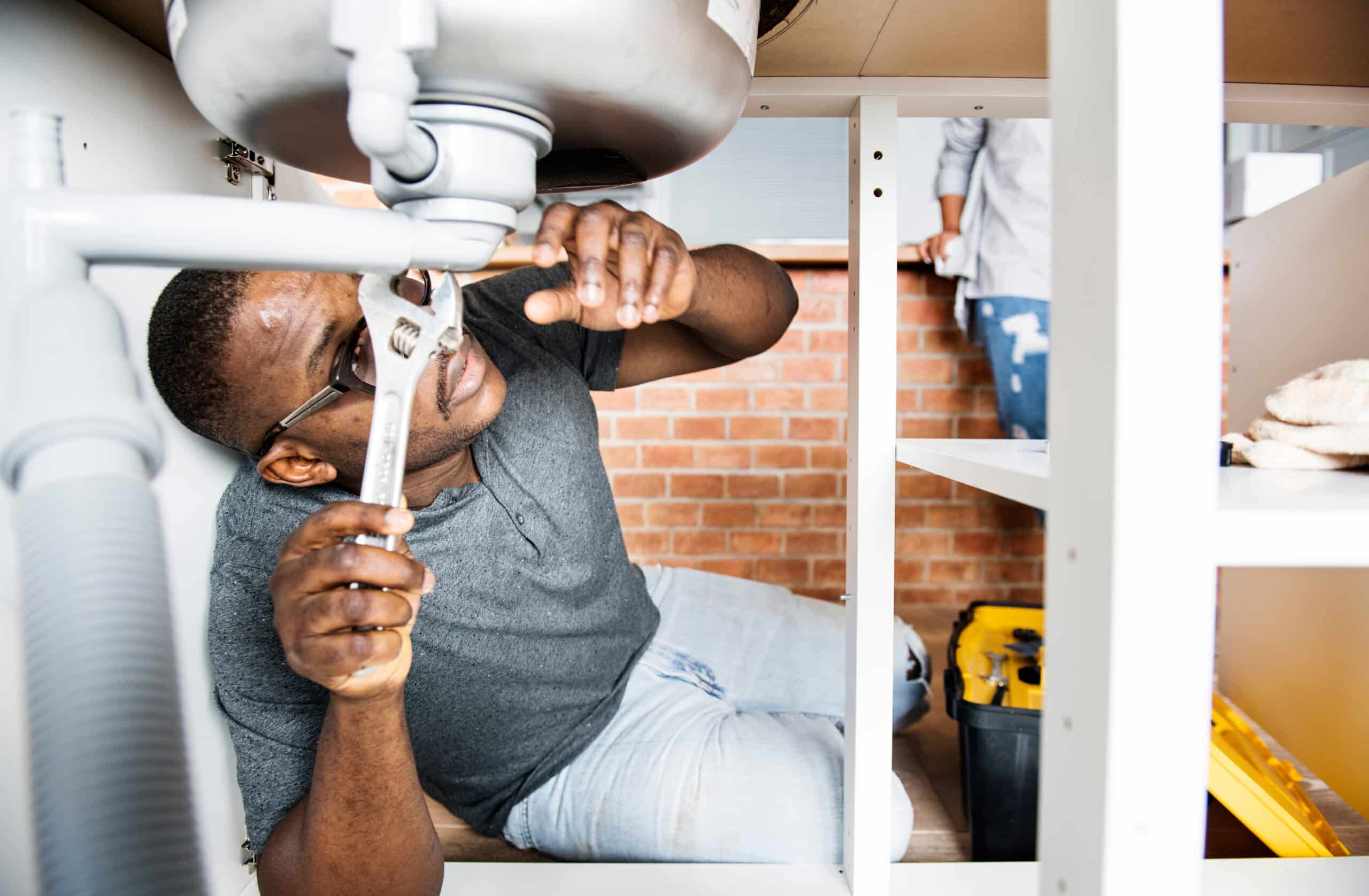Premier Plumber Alabaster AL Ready to Serve You Anytime
Premier Plumber Alabaster AL Ready to Serve You Anytime
Blog Article
A Detailed Guide to Reliable Hot Water Heater Setup for Ideal Performance
Beginning on the job of installing a water heater is a venture that requires precision and an organized strategy for accomplishing ideal performance. As you continue, the complexities of linking water supply lines and establishing up dependable electric or gas connections await, encouraging insights into ensuring efficiency and reliability.
Choosing the Right Water Heating Unit

Next, think about the size and capability of the hot water heater. It's crucial to analyze your household's warm water demands, which can differ based on the number of residents and their use patterns. A system that's also tiny might cause inadequate warm water, while an extra-large design might lead to unneeded power intake.
Performance rankings also play a crucial role in option. Seek hot water heater with high Energy Factor (EF) ratings, indicating premium performance and lowered energy usage. Tankless versions, though generally extra costly ahead of time, deal considerable energy savings over time as a result of their on-demand heating abilities.
Preparing the Installment Area
Prior to mounting a brand-new water heating system, precise preparation of the installation area is necessary. It's critical to determine the space carefully to accommodate the water heating system's dimensions, guaranteeing ample clearance around the system for effective procedure and maintenance.
Examine the floor for security, as the water heater will need a strong, degree surface to run successfully. If essential, install a drip frying pan below the unit to capture potential leakages or spills, protecting against water damage to the surrounding area.
In addition, make sure that all necessary tools and products get on hand prior to starting the setup. This includes items such as wrenches, screwdrivers, a level, and any extra hardware needed for placing and securing the heating system. A well-prepared setup location establishes the structure for an effective water heating system arrangement, maximizing performance and security.
Connecting Supply Of Water Lines
When attaching water lines to your newly mounted hot water heater, it is critical to guarantee that all connections are leak-free and safe and secure to preserve reliable operation and stop water damages. Begin by determining the cold and hot supply of water lines. The cold water inlet is normally marked with a blue tag or a "C", while the warm water outlet is noted with a red tag or an "H".
Usage versatile water heating system adapters to promote an easier installation procedure. Before connecting the ports, put a plumber's tape around the threaded ends of the water heater's inlet and electrical outlet pipelines.
As soon as connections are in area, slowly switch on the main supply of water valve. Check each connection for leaks by aesthetically examining and really feeling for dampness. Tighten connections as necessary, and guarantee the pressure alleviation valve is properly mounted, safeguarding versus extreme stress build-up.
Establishing Electrical or Gas Links
Properly establishing the electric or gas links for your hot water heater is an essential action to make sure secure and efficient operation. For electrical hot water heater, begin by validating that the electrical circuit is compatible with the heating unit's voltage and amperage demands. Make sure the power supply is shut off at the breaker to stop accidents. Connect the electrical wires to the heating system complying with the supplier's circuitry representation. Usually, this involves connecting the ground cord to the green terminal, and the continuing to be cords to their corresponding terminals, securing each with wire nuts.
For gas water heating units, security is extremely he said important. Attach the gas line to the water heater utilizing a flexible gas connector, guaranteeing it is appropriately threaded and secured with pipe joint compound or Teflon tape suitable for gas links.
As soon as links are made, examine for any type of prospective leaks. For gas lines, use a soapy water service to the joints; bubbles suggest a leak. For electrical links, verify that all circuitry is safe and correctly protected, preserving conformity with regional electrical codes.
Checking and Adjusting for Effectiveness
With the electrical and gas connections firmly in area, the following action is examining the operational efficiency of your water heating system. Begin by carefully turning on the water supply and making sure there are no leaks at any of the joints or shutoffs.
Following, perform an extensive assessment to guarantee the home heating aspects or gas heaters are working appropriately. For electric heating units, utilize a multimeter to confirm if the aspects are drawing the appropriate existing. next In gas versions, observe the burner fire; it ought to be stable and blue, showing effective combustion.
Adjust the setups as required to get rid of inefficiencies. Take into consideration executing insulation actions, such as including a water heater blanket, to further boost efficiency by lessening heat loss. In addition, inspect the anode pole's condition, as a deteriorated rod can reduce performance and result in container corrosion.
Final Thought
Effective water heater installment is important for ensuring ideal performance and power savings. Safely connecting water supply lines and thoroughly establishing up electrical or gas connections decrease prospective issues.

Correctly setting up the electric or gas connections for your water heater is an essential action to guarantee reliable and safe procedure. For electrical water heating units, start by verifying that check out this site the electric circuit is suitable with the heating unit's voltage and amperage demands. Attach the gas line to the water heater using a versatile gas connector, guaranteeing it is appropriately threaded and secured with pipeline joint substance or Teflon tape appropriate for gas connections.
Report this page